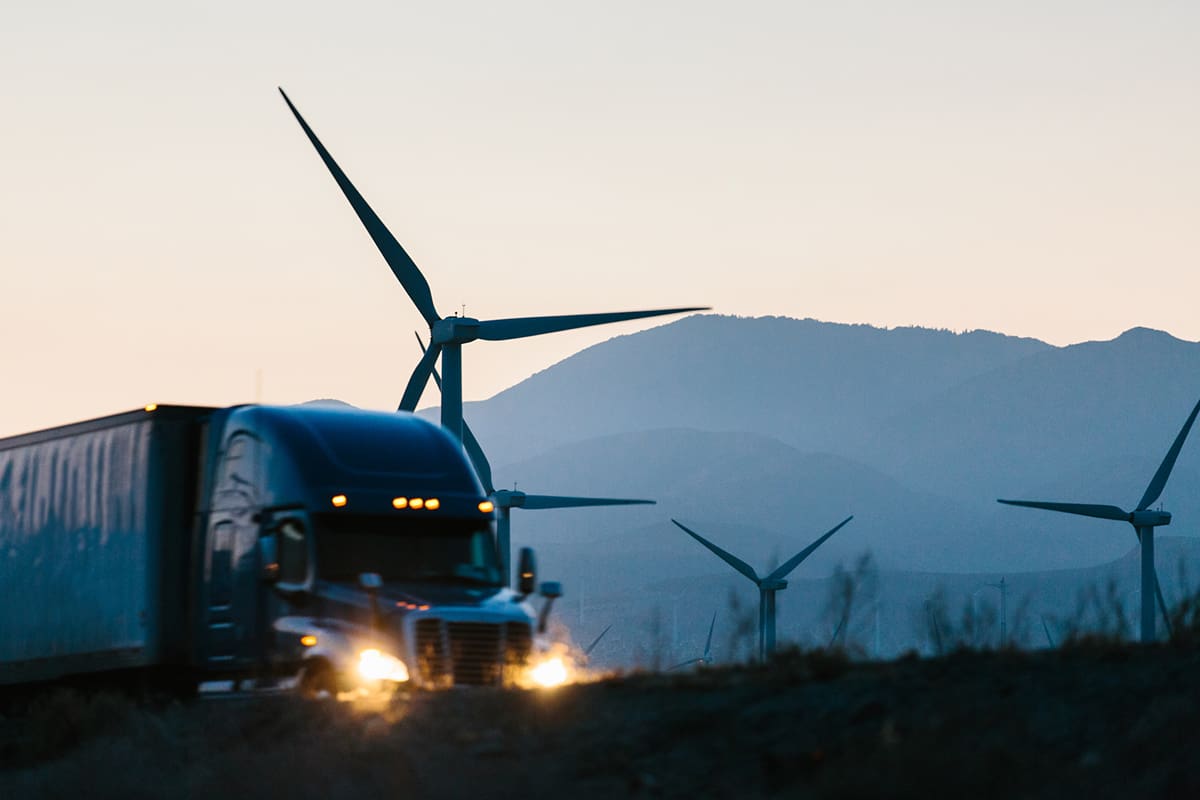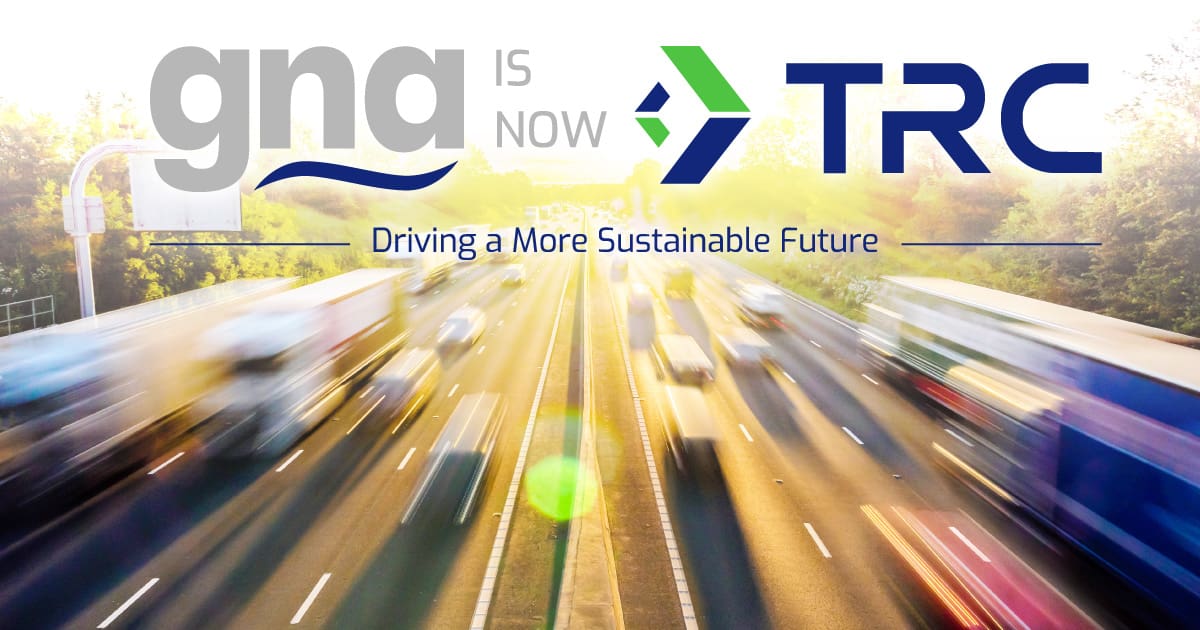
- GNA Insight
Diverse Strategies Facilitating Clean Transportation from Federal to Local Levels
January 29, 2024
Source: ACT News
As the new year rolls in, resolutions to transition from fossil fuels to renewable energy continue to gain traction. While global level efforts, such as COP28’s explicit — though non-binding — resolution to transition away from fossil fuels, are critical in driving policy, smaller scale efforts are just as important. Even within the framework of the Inflation Reduction Act (IRA), it is at the state and local level where some of the most innovative examples of climate leadership reside, especially when it comes to transportation strategies.
For example, the IRA’s non-competitive Climate Pollution Reduction Grants have spurred 46 states to receive $3 million each to inventory greenhouse gas emissions (GHGs) and create preliminary action plans, while also opening up more than $4 billion in additional funding opportunities. As of January 2024, 24 states have completed climate action plans. Within these plans, approximately one-third of reduction measures fall within the transportation sector.
On the state-level, California leads the nation with aggressive, zero-emission, and renewable energy goals for the transportation sector with the passage of regulations such as Advanced Clean Cars (ACC), Advanced Clean Trucks (ACT), Advanced Clean Fleets (ACF), and Low-Carbon Fuel Standard (LCFS). As of December 2023, 13 states had adopted California’s ACC regulations and 10 states had adopted ACT, thus mandating increasing percentages of zero-emission vehicles sold. These regulations facilitate broad adoption of zero-emission vehicles across all sectors and foster clear pathways towards fossil fuel phase outs.
Yet, the withdrawal of regulations such as ACT in North Carolina, Maine, and Connecticut demonstrates the varying appetite for broad, state-level regulations. Thus, states and cities — and particularly those in swing or Republican states — have taken creative approaches to implementing clean transportation strategies.
For example, several states with Republican governors are taking a savings-based approach to implementing clean energy agendas. Following similar laws in Arizona and Virginia, which require government agencies to consider lifetime costs of vehicles when making new purchases, lawmakers in Georgia plan to introduce legislation in 2024 which incentivizes government fleets to adopt electric vehicles, an effort estimated to save taxpayers $312 million over the next decade through reduced maintenance and fueling costs. With state and local governments owning, collectively, more than 4 million vehicles, it is estimated that a governmental transition to electric vehicles could save $11 billion in lifetime savings, due to reduced fueling and maintenance costs — a savings that does not include important health and economic benefits associated with clean air.
More directly, states like New Mexico are implementing state-fleet electrification mandates. In October 2023, New Mexico Gov. Michelle Lujan Grisham signed an executive order to transition all state-owned vehicles to electric by 2035. Similarly, Michigan Governor Gretchen Whitmer signed off on a Clean Energy & Climate Action Package, joining 22 other states with 100% clean energy standards. Following that legislation, Governor Whitmer signed an executive directive requiring all state-owned light-duty vehicles transition to electric by 2033 and medium- and heavy-duty vehicles by 2040. With more than 8,000 vehicles in the state’s fleet, and cities like Detroit implementing the nation’s first electric vehicle charging road, Michigan offers an example of public entities building public trust in emerging technologies.



